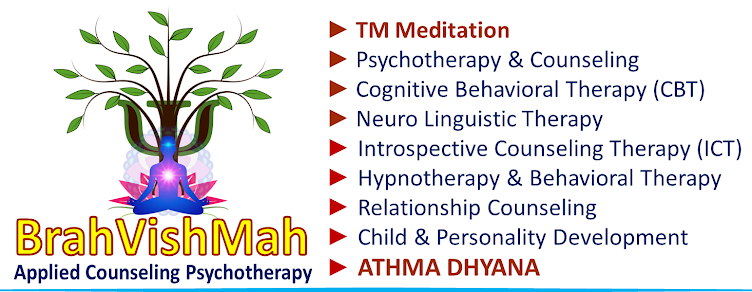Cognitive behavioral therapy focuses on changing the automatic negative thoughts that can contribute to and worsen emotional difficulties, depression, and anxiety. These spontaneous negative thoughts have a detrimental influence on mood. Through CBT, these thoughts are identified, challenged, and replaced with more objective, realistic thoughts.
Techniques
CBT is about more than identifying thought patterns; it is focused on using a wide range of strategies to help people overcome these thoughts. Such techniques may include journaling, role-playing, relaxation techniques, and mental distractions.
Identifying Negative Thoughts
It is important to learn how thoughts, feelings, and situations can contribute to maladaptive behaviors. The process can be difficult, especially for people who struggle with introspection, but it can ultimately lead to self-discovery and insights that are an essential part of the treatment process.
Practicing New Skills
It is important to start practicing new skills that can then be put in to use in real-world situations. For example, a person with a substance use disorder might start practicing new coping skills and rehearsing ways to avoid or deal with social situations that could potentially trigger a relapse.
Goal-Setting
Goal setting can an important step in recovery from mental illness and helping you make changes to improve your health and life. During CBT, a therapist can help with goal-setting skills by teaching you how to identify your goal, distinguish between short- and long-term goals, set SMART (specific, measurable, attainable, relevant, time-based) goals, and focus on the process as much as the end outcome.
Problem-Solving
Learning problem solving skills can help you identify and solve problems that arise from life stressors, both big and small, and reduce the negative impact of psychological and physical illness.
Problem solving in CBT often involves five steps:
- Identifying a problem
- Generating a list of possible solutions
- Evaluating the strengths and weaknesses of each possible solution
- Choosing a solution to implement
- Implementing the solution6
Self-Monitoring
Also
known as diary work, self-monitoring is an important part of CBT that involves
tracking behaviors, symptoms, or experiences over time and sharing them with
your therapist. Self-monitoring can help provide your therapist with the
information needed to provide the best treatment. For example, for eating
disorders, self-monitoring may involve keeping track of eating habits as well
as any thoughts or feelings that went along with consuming that meal or snack




No comments:
Post a Comment